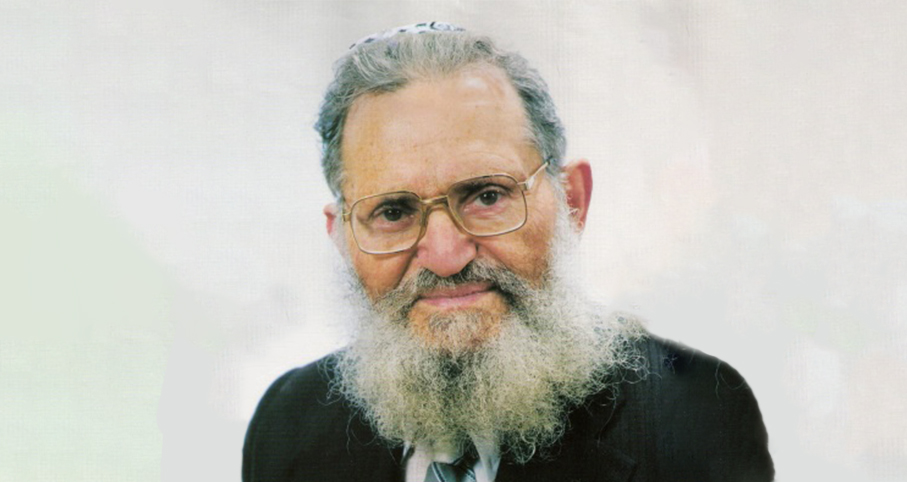- Sections
- Parashat Hashavua
199
As alluded to, the encampment was based on a tribal division, according to the twelve tribes of Israel, with each tribe having a position and its own leader (listed in Bamidbar 1:4-15). The subsequently described census of the nation was also broken up on the basis of tribes. In the encampment, each direction had three tribes encamped in proximity to each other, with the Encampment of the Divine Presence in the middle. (To a great degree, these groupings were preserved in Eretz Yisrael, as surrounding the Tribe of Binyamin, where the Beit Hamikdash was established, there were on four different sides, the tribe-leaders of the four directions from the desert: Reuven, Yehuda, Ephrayim, and Dan.)
King David tried to unify the Nation of Israel around his capital, Yerushalayim, "the city that was not apportioned to any individual tribe" (Yoma 12a). While unifying the nation, he was careful not to undo the tribal distinctions. When he organized his kingdom (see Divrei Hayamim I, starting with perek 23), he appointed negidim, leaders of subgroups. These were actually tribe heads, as each one was from a specific tribe and for that tribe (see ibid. 27:16-22).
If we contrast this division of the leadership with the one that Shlomo did at his time (see Melachim I, 4:7-15), we will see that Shlomo took the approach of trying to erase tribal distinctions. He called his leaders nitzavim (representatives of the king), and he broke them up not by tribe but by geographical regions (which did not always coincide exactly with the tribal boundaries). Many of the nitzavim were from Shlomo’s family as opposed to being local representatives. This infringement on the rights of the individual tribes did not work and was involved in the division of the kingdom that took place during the reign of Rechavam, Shlomo’s son. This in turn impacted on the status of Yerushalayim as the center of the country. Rechavam did not even attempt to "mend the tear" in Yerushalayim but rather in Shechem, and in any case he did not succeed.
We see that David’s approach, of keeping the tribal distinctions, but unifying them in Yerushalayim, the city that was not apportioned to any tribe, was the right approach. In the upcoming week, when we celebrate the unification of Yerushalayim, the city that unifies the people, let us remember the special spiritual power of the Holy City.

Parashat Hashavua: Two Sides to a Coin
Rabbi Yossef Carmel | Nisan 5785

Eisav, the Social Philosopher
Rabbi Shaul Yisraeli zt"l | 5774

Parashat Hashavua: We Want a Jewish Judicial System Now!
Rabbi Yossef Carmel | Shevat 5785

The Brave of Strength Who Do His Will
Rabbi Yossef Carmel | 5768

Fasting and Feasting on a Yahrzeit
Rabbi Yirmiyohu Kaganoff

What Is the Significance of the Number 40 in Jewish Tradition?
Rabbi Stewart Weiss | Tevet 4 5782

A Woman's Obligation to Pray
Rabbi Eliezer Melamed | 5766

A Woman's Obligation to Pray
Rabbi Eliezer Melamed | 5766

Reassuring His Parents – #314 – part I
Date and Place: 23 Sivan 5670 (1910), Yafo
Beit Din Eretz Hemda - Gazit | Iyar 5785

Ask the Rabbi: Scratching Improperly Parked Cars
Rabbi Daniel Mann | Iyar 5785

P'ninat Mishpat: Rental of an Apartment that Was Not Quite Ready – part II
based on ruling 82031 of the Eretz Hemdah-Gazit Rabbinical Courts
Beit Din Eretz Hemda - Gazit | Iyar 5784










